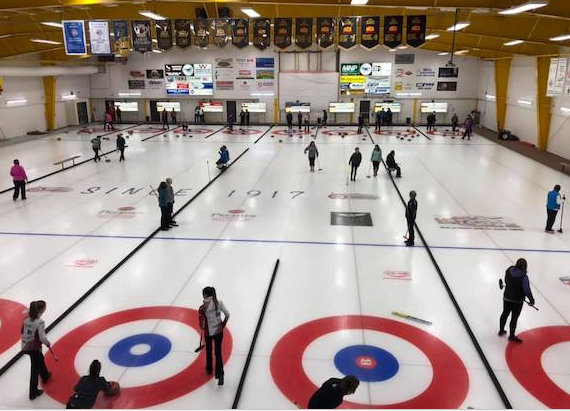In the past few years, your social media feed may have been bombarded with pictures- especially during the winter, with captions including the word “hygge” to describe warmth and comfort. In 2016 for example, there were 1.5 million posts on Instagram including the hashtag #hygge. The word Hygge even made the shortlist for Oxford Dictionaries Word of the Year in 2016. So, what exactly is hygge, and how do we achieve it?
The word hygge, is a Danish concept that can be utilized as a noun, adjective, and verb. It is pronounced as hue-guh, and used to acknowledge a feeling or moment- whether alone or with friends and family. This feeling can be achieved while at home, or out, and may be ordinary or extraordinary- as cozy, charming or special. The word is in fact, hard to translate to English as it was never meant be to translated. It was meant to be felt. The key components of hygge include togetherness, presence, indulgence, relaxation, and comfort.
This Danish ritual involves the enjoyment of life’s simple pleasures. This has been an integral part of the Danish culture since the early 1800s. The concept itself is derived from a Norwegian word for “well-being” including the fortification of relationships including family and friends- and the overall feeling of graciousness.
Seasonal Affective Disorder (SAD) affects 4-6 percent of people worldwide, this form of clinical depression is brought on by the winter months. An additional 10-20 percent of people may experience mild SAD during the colder months. The amount of women who experience SAD is four times higher than that of the male population. This potentially explains why hygge is a largely female-driven phenomenon on an International scale.
According to the 2017 World Happiness Report, Switzerland, Iceland, Norway, Denmark, Canada, Finland and Sweden are amongst the top ten happiest countries in the World. These countries all have one thing in common: the longest and coldest countries in the World. So why do these areas have the happiest citizens if the majority of the year is categorized by darkness, cold weather, and snow? The answer lies within the mind frame towards the winter season. By utilizing a mindfulness based approach to winter, means the acceptance of the cold- therefore finding ways to take advantage of the season like spending quality time with friends and family, taking up a new hobby, and truly focusing on self and wellbeing.
When we think of winter, there is a very “doom & gloom” undertone associated with this time of year. It is common for individuals to retract themselves socially and spend time inside, alone and continuously watching the weather- just waiting for the first signs of springtime. This practice may increase one’s likelihood of SAD- including side effects such as fatigue, lack of motivation, unhealthy eating habits, and of course the feeling of loneliness. The overall goal of hygge however, is to ensure “togetherness” as an intrinsic part of winter time.
By removing the overall negative connotations associated with winter- we are better able to enjoy time and take advantage of the many things that this season has to offer such as game nights with friends, cozying up and reading a book, or outdoor group activities. So, if your mood is falling as fast as the thermometer, try practicing hygge by making small lifestyle changes to help boost your spirits throughout this winter season.




